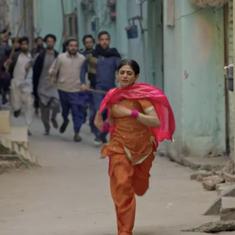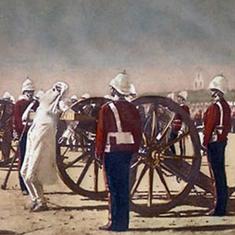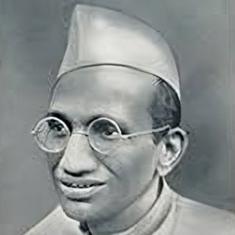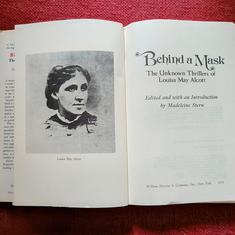Detectives come with many a quirk, but they invariably share something in common: they are all outsiders, marked by certain kinks and eccentricities. Holmes played his violin and “smoked recreationally”, among other things, whenever he put his mind to work. Poirot’s grey cells remain equally famous, as his fussiness about dressing and perfectionism for other sundry matters.
Miss Marple knitted and nothing that happened in the village St Mary Mead ever missed her eye; Inspector Morse loved the opera, Philip Marlowe remained perpetually taciturn and quite a loner, while Nero Wolfe, Rex Stout’s fictional armchair detective, grew orchids and was fond of his gourmet meals. And what of Captain Jim Agnihotri, soldier turned detective who has just made his fourth appearance in writer Nev March’s new detective novel, The Silversmith’s Puzzle, set in Bombay of 1894?
Jim Agnihotri is Anglo-Indian, born of an Indian mother, and left orphaned quite young. He has never quite fit in but his in-between status and good, undefinable looks give him the flexibility to slide into any situation, sometimes in disguise, in a manner like his idol, Sherlock Holmes.
Back to Bombay
As Jim and his wife, Diana (née Framji), embark on their newest adventure, Conan Doyle’s The Memoirs of Sherlock Holmes (1893–1894) has just been published. Jim, gifted the book by his wife, faithfully travels with it to India, reading it whenever he can get away from the mystery that soon consumes him as well as the family he has married into, the Framjis. Holmes’ words of caution, his methods come in handy every time Jim finds himself in a sticky situation or has to unentangle himself from the unexpected and precarious.
Having solved a mystery on board the ship enroute from Boston to Liverpool – the third Nev March book, The Spanish Diplomat’s Secret – Jim and Diana are right away thrust into the next one by the sudden and unexpected arrival of Diana’s brother Adi, a fact unknown to the police on his trail all the way from Bombay to London.
Jim, who became a sensation with his very first case, Murder in Old Bombay (2020), when he solved the murder of two young Parsi women – Adi’s wife and sister – also caused a scandal when he fell in love with his associate in the case, Adi’s sister, Diana. This novel won March – a writer of Indian origin, and a Parsi herself – the Minotaur Books/Mystery Writers of America First Crime Award; it was also nominated for an Edgar Award for best debut crime novel.
Parsi society, otherwise so dominant and forward-looking in cosmopolitan Bombay of the 1890s, is quite conservative where family law and customs are concerned, and Jim and Diana’s marriage caused shock and considerable embarrassment. To spare the Framjis’ opprobrium from their peers, the couple leave for the United States, where Jim finds employment with the Dupree Detective Agency.
But Adi’s mysterious arrival comes with a summons and a piquant situation for Jim and Diana. They must return forthwith to Bombay, for Adi is the prime suspect in the murder of his colleague, Satya Rastogi. Jim’s work is cut out: the family wants him to clear Adi of any blame, and so, as Jim understands for himself, he has to find the real killer/s.
Methods and mayhem
Adi and Satya have been in the business of making surgical scalpels and other medical equipment for only some months now, but unravelling who Satya, the murdered man, actually is, soon takes on a complexity that often stumps Jim. Is Satya only a victim or a villain in part? Satya’s hereditary occupation is that of a goldsmith but he has been excommunicated for one reason or another, all of which unfold in the course of this novel.
Jim stalks his many suspects, he moves around in disguise, he engages witnesses, he calls in favours, and sometimes he succeeds, sometimes he doesn’t, and on occasion he lands in jail. Diana, for the most part, plays a very distant assistant – though she comes up with a brilliant idea once, and proves an effective shot as well – but maybe one can forgive her, and her distractions here. She’s back home after two years, after a very controversial marriage to a non-Parsi, and has to catch up with one too many things.
The mystery of the silversmith’s murder (or actually that of a renegade goldsmith) is soon linked to another – one with ramifications for the British Empire itself – as this involves the theft of “gold bullion” from carriages carrying the treasure from the Mint in Bombay to ships anchored at to transfer this “drain of wealth” to Britain.
The novel at this juncture takes on convoluted, pacy turns, as the action moves street to street, house to house, and Jim, as he rushes from the Framji mansion to his secret hideaway at Dockyard Road, and once finds himself in jail too, always invokes Sherlock Holmes for inspiration, and company.
Here is Holmes turning up with ready advice, especially when Jim finds his optimism flagging, or he needs to think differently and urgently.
“I chose a tan suit to work on my new case: to determine how someone had stolen bullion from the mint, one I needed to solve without attracting official attention. How would the redoubtable Mr Sherlock Holmes do it?
No doubt he’d smoke a pipe or play his violin at odd hours of the night to produce a flash of inspiration. When explained to the modest Dr Watson, his observations and deductions seemed reasonable, even obvious. Cause and effect. Everyday occurrences developed special significance when placed in the framework of human motives. Trouble was, I was awash in minutiae, with a threadbare theory to sew together the scraps.”
Personal matters
A third mystery, poignant in part and inseparable from the others, exists too, and it is for Jim, intensely personal. It is not just about restoring the fortune lost by his father-in-law, Burjor (via trade slumps and a forgery) but Jim is also determined to recover the lost goodwill the Framji family once had, and a restoration of their old pre-eminent status in the community.
Tucked away in some pages is also a revelation relating to Jim’s parentage, but here March flashes only part of a tantalising secret, and a short conversation, which means, of course, more will be revealed soon, in the next Diana and Jim Agnihotri book.
Jim is earnest and vulnerable and tireless. He has a penchant for breaking into houses, not to steal but simply to wait for his quarry, after finding himself a comfortable chair first. He also isn’t above attempting a Bollywood-style escape when he slips away from his captors by easing himself off his ropes and clambering onto the rooftop. There is a breakneck chase that follows the theft of the “disguised” bullion, a race through the streets of south Bombay, and a “dog riot” with the cream of society taking on an unabashed role. All of which makes for very pacy reading – certainly in these action scenes – and lots of cinematic revelation.
Soon after I finished reading, I spent nice long moments thinking about which Bollywood hero might play Jim Agnihotri. Always a good thing to do after one has read an enjoyable novel, full of colour and lovely detail. Follow this up with anticipation, like looking forward to the next Nev March novel featuring Jim and Diana.
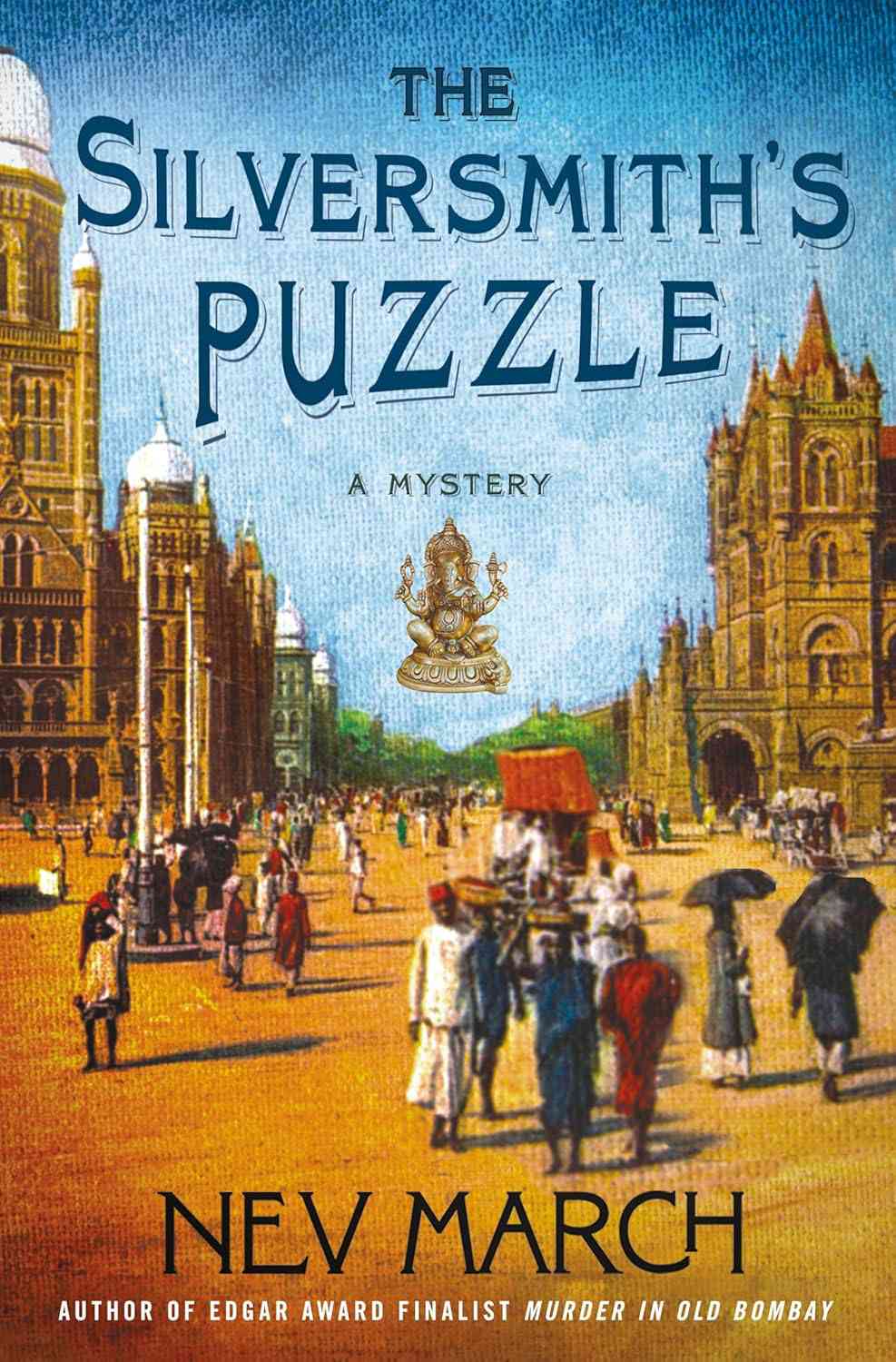
The Silversmith’s Puzzle: A Mystery, Nev March, Minotaur Books.

